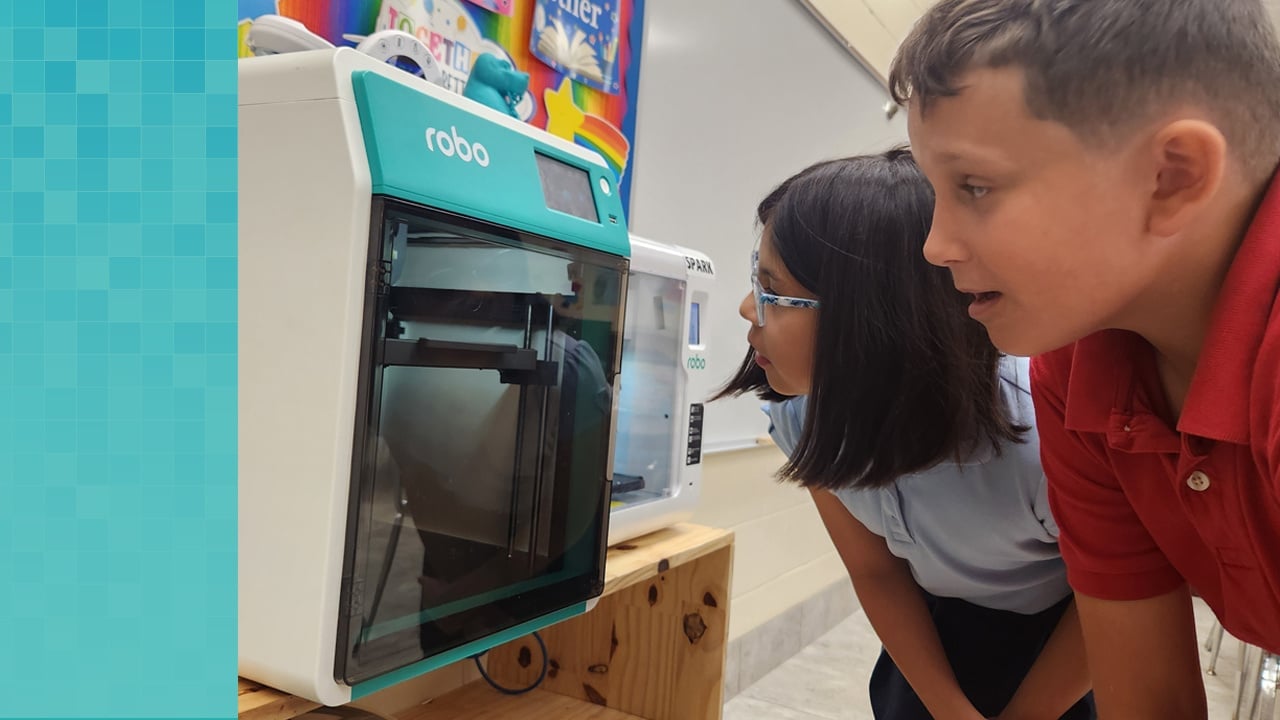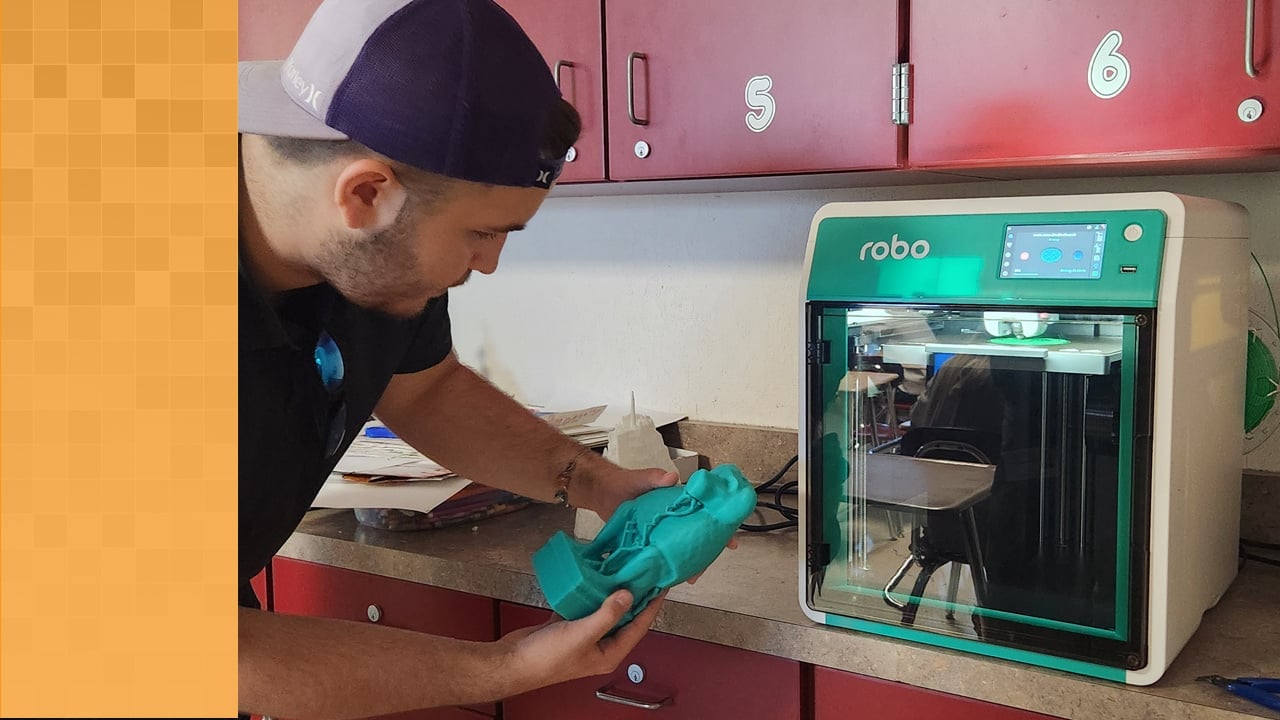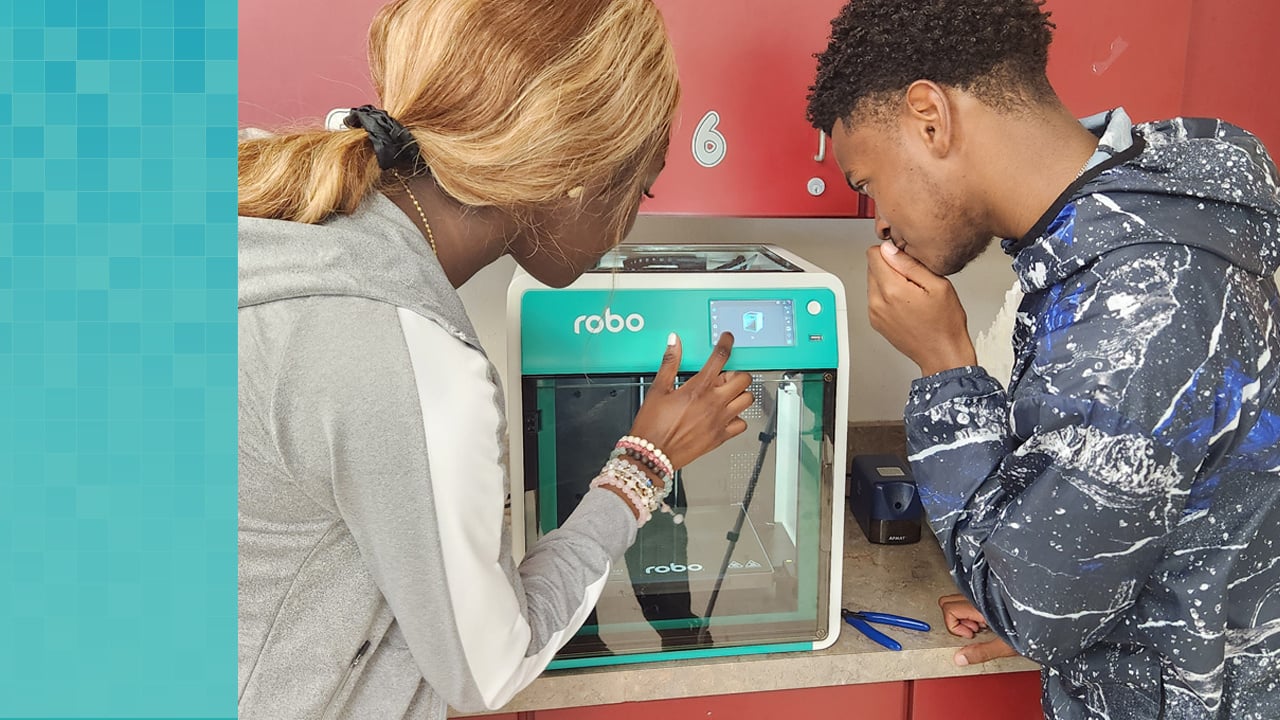Curious about how to bring your class projects to life with stop-motion animation? Join Hannah daniels, MimioSTEM Product Manager, for a fun 20-minute learning lab! Learn how to use 3D printed components to enhance your stop-motion animations. Plus, get practical ideas for integrating this practical film technique into various subjects, making learning interactive and enjoyable for your students!

Discovering the magic of stop-motion animation
Have you ever seen stop-motion animation and wondered how it's made? Stop-motion animation has a fascinating history dating back to the late 19th century. Early examples can be found in the works of pioneers such as Georges Méliès, who used stop-motion to create magical illusions in his films. Fast forward to today, stop-motion is everywhere, from beloved animated films like coraline to viral YouTube videos. It's not just entertainment; Stop-motion animation has become a valuable tool in educationbringing lessons to life in a fun and engaging way!
Stop-Motion: a versatile educational tool
Stop-motion animation can be integrated into various subjects, offering unique interdisciplinary learning opportunities. In essence, stop-motion works by capturing individual frames of still images that are played back in sequence to create the illusion of movement. This engaging technique allows students to bring their ideas to life, but it requires time and patience, as each frame must be meticulously crafted.
in sciencestudents can animate the transcription and translation of DNA, while in history they can recreate significant events or portray important characters. Art classes can also benefit, as students use animation to explore different techniques and tell their stories visually.
3D printed Components enhance projects by allowing students to add custom-designed characters or accessories, enhancing creativity and understanding. This hands-on approach instills valuable skills like project management and collaboration, making stop-motion a powerful tool to enrich the educational experience.
Creative classroom learning through 3D design
Incorporating 3D design in the classroom not only improves student engagement but also encourages creativity and problem-solving skills. For younger students, use Tinkercad Designing simple props and characters for stop-motion animations introduces them to the basics of design thinking. This hands-on experience helps them visualize their ideas, fostering a deeper understanding of the creation process and generating enthusiasm for learning.
Older students can go further by designing more complex components, such as articulated figures or detailed backgrounds, for their stop-motion projects. When working on the design and 3D printing In this process, they not only bring their creations to life, but also develop essential skills in engineering, critical thinking, and collaboration. This immersive approach to learning helps students understand complex concepts while promoting creativity and innovationmaking lessons more interactive and impactful.
Bring stop motion to life with the Robo E4
He Robo E4 3D Printer is a great tool for projects like stop-motion animation, making STEM education engaging and accessible for students in kindergarten through 12th grade. Designed for security and ease of use, it offers features like fast print speeds and automated calibration, providing a seamless experience for everyone.
Each Robo E4 comes with access to MyKitsStema K-12 curriculum aligned to NGSS standards, offering a rich library of print-ready models, lesson plans, and STEAM challenges. This integration allows teachers to seamlessly incorporate 3D printing into their classrooms. By encouraging students to design and produce their own components for stop-motion animations, the Robo E4 Encourages creativity and real-world problem solving.helping to build confidence and ensuring that every student, regardless of their technical background, thrives in a hands-on learning environment.
Ignite Student Passion for STEAM Careers
Exploring stop-motion animation and 3D printing sparks students' interest in steam racing while creating valuable learning experiences. Interaction with these technologies allows students to discover passions for animation, industrial design or robotics. For example, a student who loves to tell stories may pursue animation or digital media, while another interested in engineering you could explore product design.
Hands-on projects encourage active learning and develop essential 21st century skills such as creativity, critical thinking, and collaboration. By integrating innovative techniques like stop-motion animation, educators inspire the next generation of creators and problem solvers, preparing them for exciting futures in STEAM fields.
Join us for the webinar
Are you ready to embark on a creative quest? Join our Wednesday STEM session, “Creating a Stop Motion Movie with 3D Printed Parts!” Discover how to create captivating animations using 3D printed models in this exciting hands-on experience for educators and students.
Sign up now for this FREE adventure and ignite the love of storytelling in your classroom!

Explore more educational ideas and strategies from our technology-webinars?category%5B%5D=MimioSTEM#webinars” rel=”noopener” target=”_blank”>STEM Wednesday webinar series!
Related articles
(function(d, s, id) {
var js, fjs = d.getElementsByTagName(s)(0);
if (d.getElementById(id)) return;
js = d.createElement(s); js.id = id;
js.src = “//connect.facebook.net/en_US/sdk.js#xfbml=1&version=v3.0″;
fjs.parentNode.insertBefore(js, fjs);
}(document, ‘script’, ‘facebook-jssdk’));
 NEWSLETTER
NEWSLETTER








